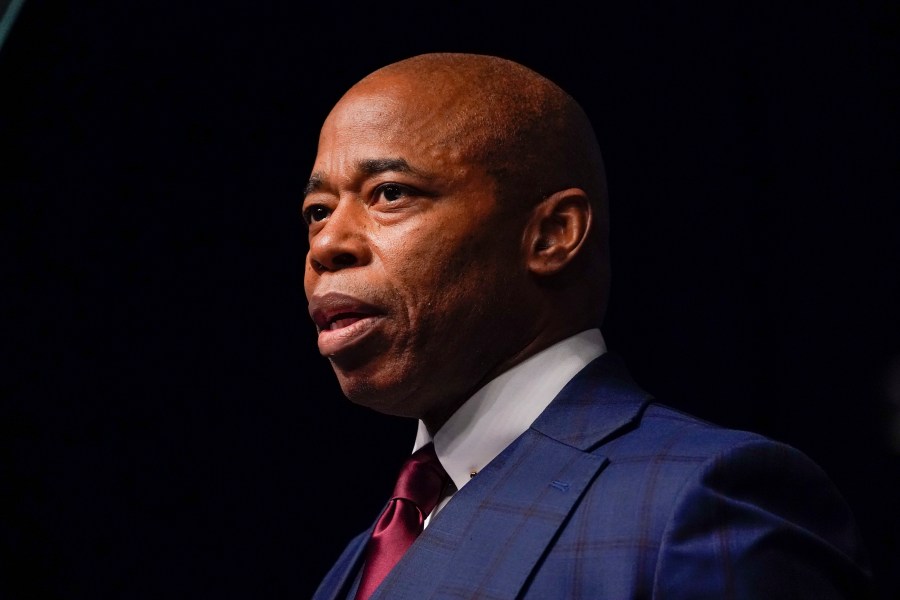(NewsNation) — Gun violence has risen sharply in the last few years —according to the Centers for Disease Control, firearm homicides are at the highest level they’ve been in 26 years.
In 2020, the CDC said, the gun homicide rate increased nearly 35%, with race, ethnicity and poverty disparities widening. More than 45,000 gun-related deaths were reported that year.
Gun violence has become a losing battle for police departments across the country, who say they need more money and help from Washington D.C. on crime prevention.
According to MoneyGeek and an analysis of FBI crime data, the most dangerous cities are St. Louis, Missouri; Jackson, Mississippi; Detroit, Michigan; New Orleans, Louisiana and Baltimore, Maryland.
This week, nearly two dozen people were shot in Chicago. While investigating one of these shootings, officers were targeted and attacked, Police Superintendent David Brown said.
“These were gang members that turned on us, not the community, not the crowds,” Brown said. “These were gangsters.”
Four people in Indianapolis, Indiana were shot along the city’s downtown Canal Walk. All four victims were female, with the youngest just 13 years old.
New York City Mayor Eric Adams, a former police officer, says too many firearms are on city streets and specifically went after so-called “ghost guns,” which are self-assembled from parts purchased online or at gun shows.
So far this year, New York Police Department officers have confiscated more than 150 ghost guns.
“You know how much firepower this is in the wrong hands?” Adams asked at a recent press conference.

Republicans blame Democrats for the escalating violence, saying they’re soft on crime and claiming President Joe Biden’s anti-violence plan is weak and ineffective.
“We must back the blue and take crime more seriously than this administration is doing,” Sen. Chuck Grassley (R-Iowa) said.
But Democrats push back on suggestions that they’re not interested in keeping Americans safe and backing police officers. Biden in his 2023 budget has allocated more than $30 billion for law enforcement. More than half of that money would go towars helping state and local police departments hire more officers and also to help fund crime prevention efforts.





